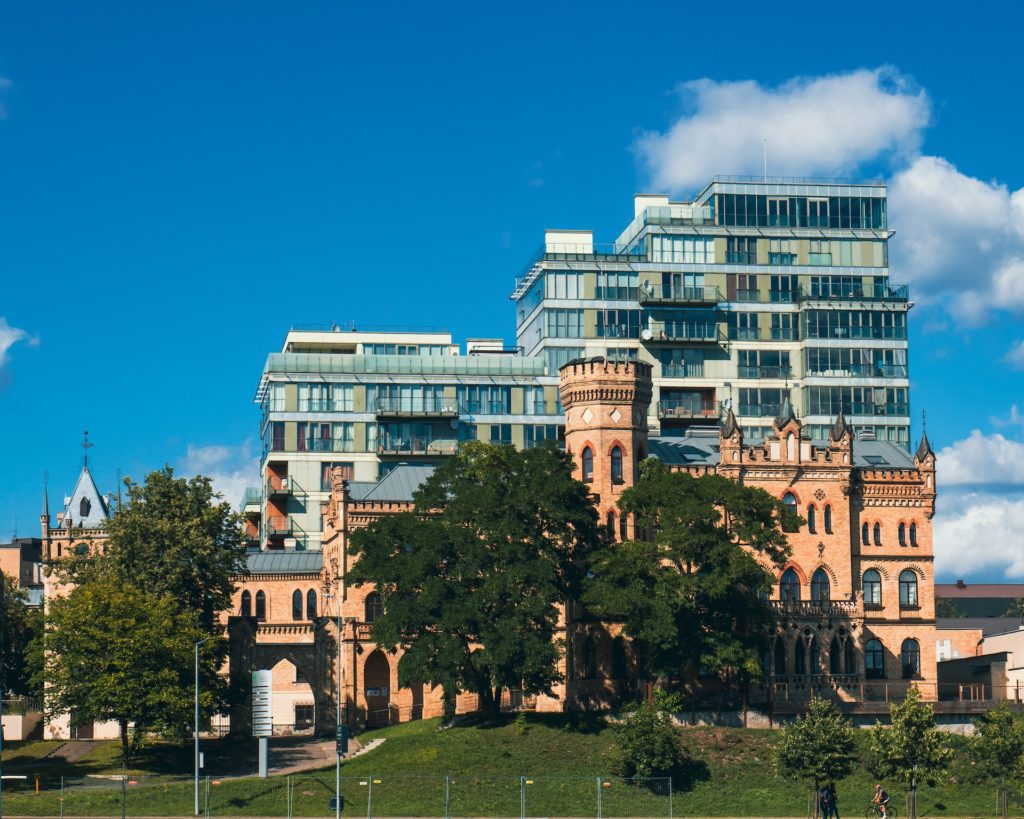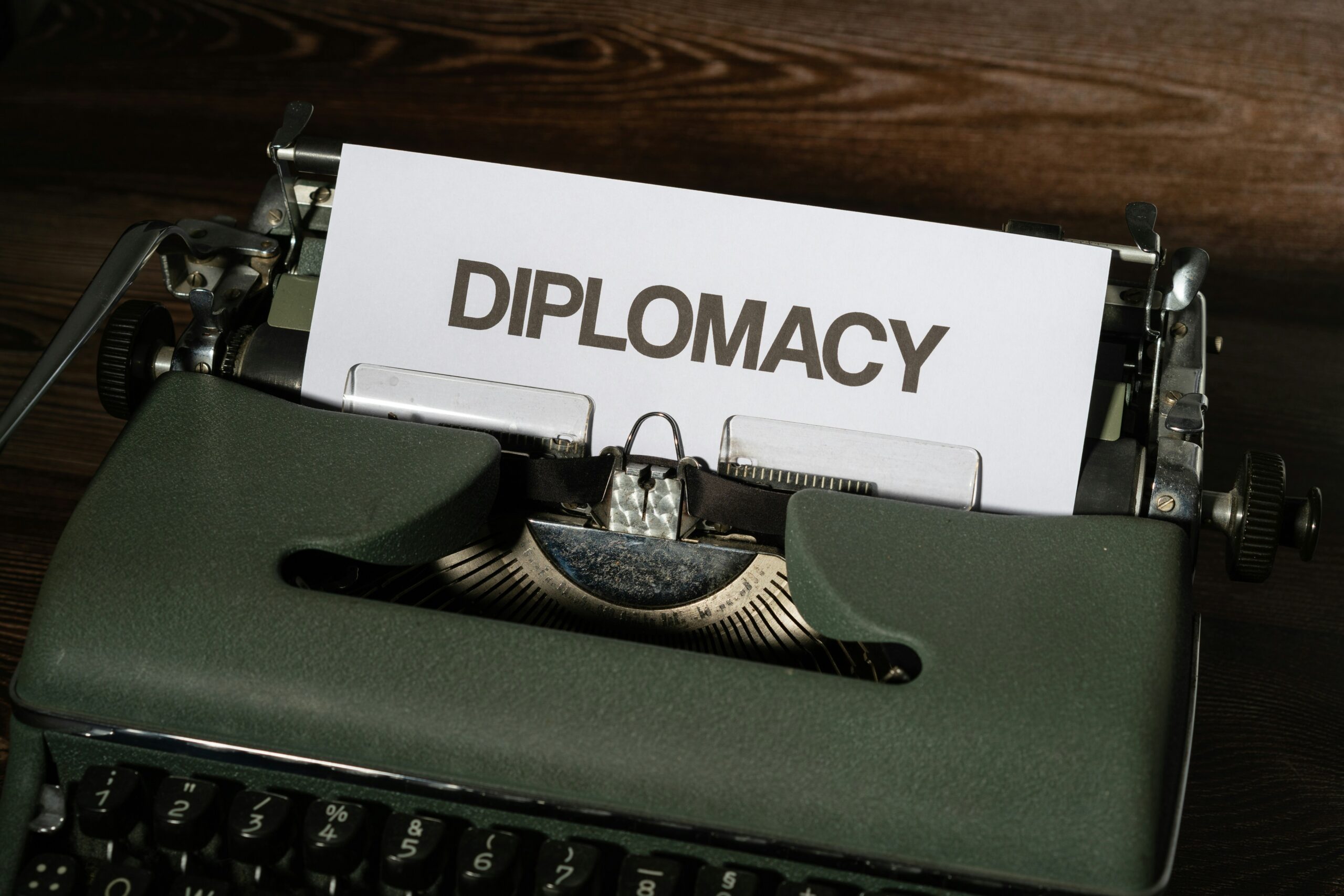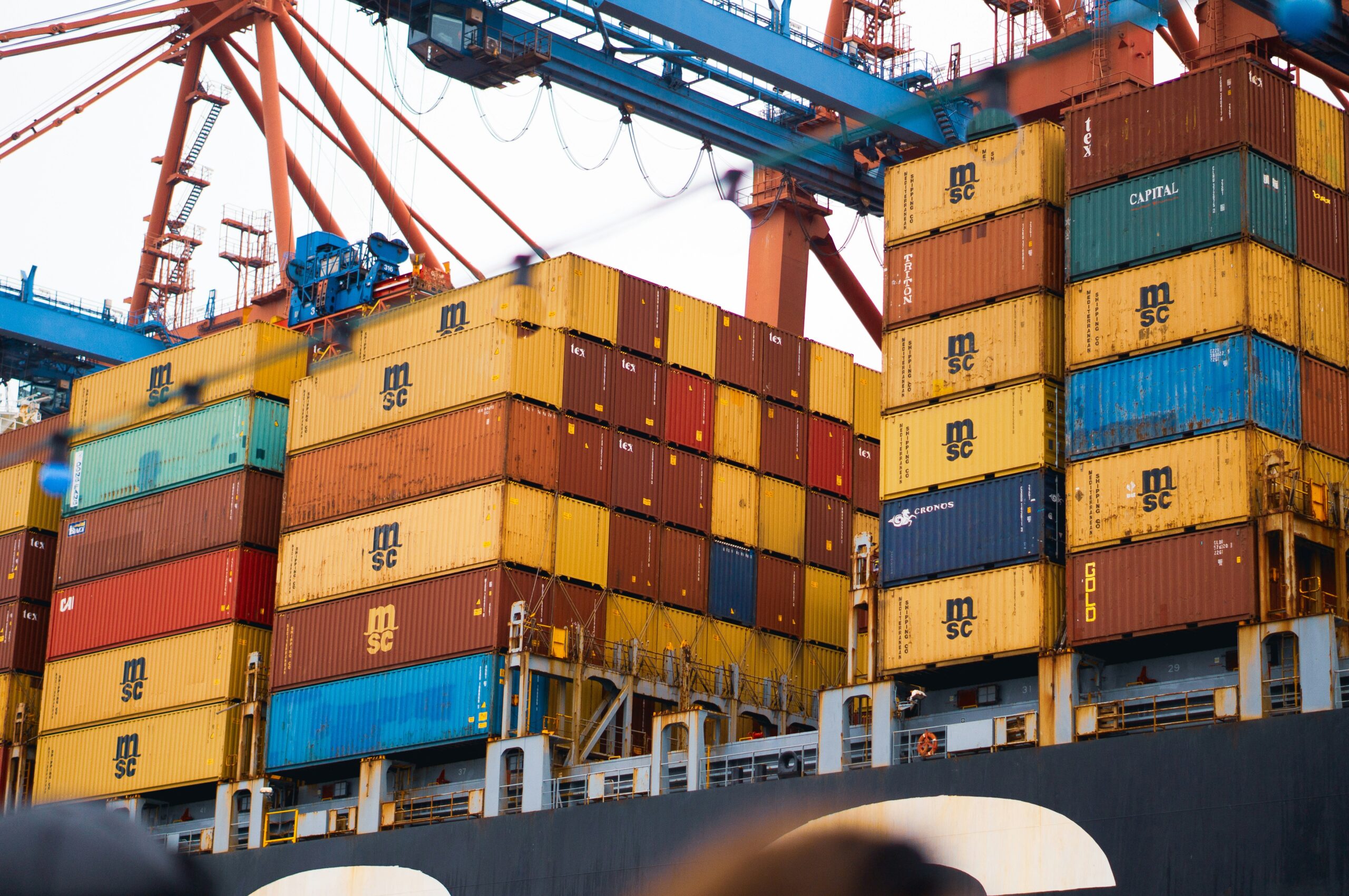Trade with other countries accounts for 138.5% of the country’s overall GDP in Lithuania (World Bank, latest data available). Exports of machinery and electrical equipment (13.5%), chemicals (14.9%), and mineral goods (11.5%) were the country’s top three industries in 2021, according to Statistics Lithuania (10 percent ). Most of Lithuania’s imports were from industrial, mechanical, and electrical equipment, minerals, as well as chemical and allied products (17.8%), (12.2 percent).
In terms of trade, Lithuania relies heavily on the European Union. Almost one-third of its exports go to Russia, followed by Latvia (9.2%), Germany (8.1%), and Poland (7.1%). (6.4 percent ). (13%) Poland, (13%) Germany (12.9%) Russia (8.8%) Latvia (7), and the Netherlands (8) were the primary sources of Lithuania’s imports (5.5 percent ).

Russia- Lithuania
The term “Lithuania–Russia Ties” refers to Lithuania’s and Russia’s bilateral international relations. Lithuania has consulates in Saint Petersburg, Kaliningrad, and Sovetsk, as well as an embassy in Moscow. Russia used to have an embassy in Vilnius, as well as a consulate in Klaipeda, but it was shut down in April 2022. Through Kaliningrad Oblast, the two countries share a shared border.
On July 27, 1991, the Russian government re-recognized Lithuania, and on October 9, 1991, the two countries re-established diplomatic relations. Presidents Boris Yeltsin and Vytautas Landsbergis met to talk about commercial connections. Boris Yeltsin linked the issue of Russian minorities with troop withdrawals, therefore Russian troops stayed in Lithuania for another three years. In August 1993, Lithuania was the first country to have Russian forces removed from its territory. Only two Lithuanian leaders have visited Moscow since the country’s reunification: Algirdas Brazauskas in 1997 and Valdas Adamkus in 2001 and 2005.
Lithuania- Germany
Lithuania considers Germany to be an essential member of the European Union, an economic powerhouse, and a close and friendly ally. Because the former Lithuania Minor, or Prussian Lithuania, which includes the cities of Klaipeda (Memel) and ilut (Heydekrug), was part of the German Reich, the country has significant historical ties with Germany. Bilateral ties are founded on EU and NATO unity and partnership, as well as a close network of contacts in business, science and academics, culture, and society.
Germany remains one of Lithuania’s most important economic partners and a significant investor.
German-Lithuanian cultural relations are based on a cultural pact signed in 1993. In these ties, the Goethe-Institut in Vilnius plays a particularly important role. With the favorable development of Lithuania’s links with Germany, there has been an increase in interest in the German language. The German Language Days, which are organized by all German institutions working in Lithuania, take place every year across the country.
There are an active school, university, and youth exchange programs between the two nations, in addition to the 60 or so local twinning arrangements and regional alliances. In 1996, a German-Lithuanian agreement on war graves was struck, and since then, several German military cemeteries have been established and repaired.
Lithuania-Poland
Relations between Poland and Lithuania extend back to the 13th century when Mindaugas’ Grand Duchy of Lithuania gained some of Rus’ territory and so formed a boundary with the then-fragmented Kingdom of Poland. Following it, Polish–Lithuanian relations improved, eventually culminating in a personal union between the two countries. Between the mid-16th and late-18th centuries, Poland and Lithuania combined to establish the Polish–Lithuanian Commonwealth, which was disbanded after Austria, Prussia, and Russia partitioned the two countries.
Polish–Lithuanian ties steadily deteriorated when the two republics achieved independence following World War I, owing to rising nationalist sentiments. During the interwar period, competing claims to the Vilnius region resulted in military conflict and deteriorating relations. During WWII, both the Soviet Union and Nazi Germany held Polish and Lithuanian lands, yet ties between Poles and Lithuanians remained tense. Following WWII, both Poland and Lithuania were absorbed into the Eastern Bloc, with Poland becoming a Soviet satellite state and Lithuania becoming a Soviet republic. Following the fall of communism, the two countries’ connections were resumed.



